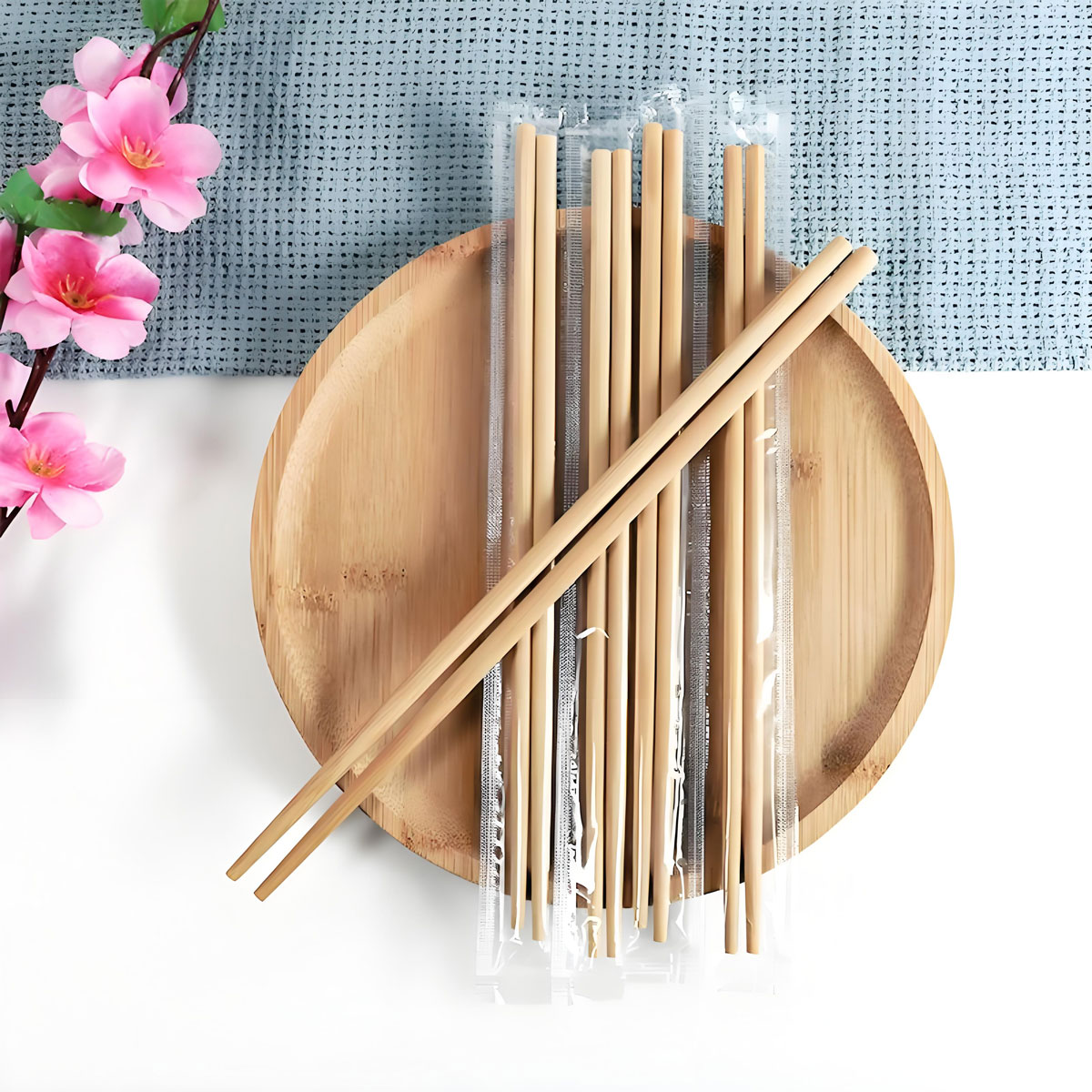
In today's eco-conscious world, disposable bamboo chopsticks have become a popular choice for many. Not only are they sustainable, but they also offer a unique dining experience. But have you ever wondered how these chopsticks are made? In this article, we'll take a deep dive into the manufacturing process of disposable bamboo chopsticks, ensuring you understand every step from raw material to finished product.
The Raw Material: Bamboo
Why Bamboo?
Bamboo is a fast-growing, renewable resource that makes it an ideal material for disposable chopsticks. Unlike wood, bamboo can be harvested without killing the plant, making it a more sustainable option. Its natural strength and flexibility also make it perfect for crafting durable chopsticks.
Harvesting Bamboo
The process begins with the careful selection and harvesting of bamboo. Typically, bamboo stalks that are 3-5 years old are chosen for their optimal strength and flexibility. Harvesting is done manually to ensure minimal damage to the plant and surrounding environment.
The Manufacturing Process
Step 1: Cutting and Splitting
Once harvested, the bamboo stalks are cut into manageable lengths. These lengths are then split into smaller, uniform pieces. This step is crucial as it determines the initial shape and size of the chopsticks.
Step 2: Shaping
The split bamboo pieces are then shaped into the familiar form of chopsticks. This is done using specialized machinery that ensures each pair is consistent in size and shape. The edges are smoothed to prevent splinters, making them safe to use.
Step 3: Drying
After shaping, the chopsticks are dried to remove any moisture. This step is essential to prevent mold and ensure the chopsticks are durable. The drying process can take several days and is often done in controlled environments to maintain quality.
Step 4: Polishing
Once dried, the chopsticks undergo a polishing process. This not only enhances their appearance but also ensures they are smooth and comfortable to hold. Polishing can be done using natural oils or other eco-friendly substances.
Step 5: Sterilization
Before packaging, the chopsticks are sterilized to ensure they are hygienic and safe for use. This is typically done using high-temperature steam or UV light, both of which are effective and environmentally friendly methods.
Quality Control
Ensuring Consistency
Quality control is a critical part of the manufacturing process. Each pair of chopsticks is inspected for defects, ensuring they meet strict quality standards. This includes checking for consistency in size, shape, and finish.
Eco-Friendly Practices
Manufacturers are increasingly adopting eco-friendly practices. This includes using non-toxic adhesives, minimizing waste, and ensuring that all by-products are biodegradable or recyclable.
Packaging and Distribution
Sustainable Packaging
Once the chopsticks pass quality control, they are packaged in eco-friendly materials. This often includes biodegradable or recyclable packaging to further reduce environmental impact.
Global Distribution
Disposable bamboo chopsticks are distributed worldwide, catering to a growing demand for sustainable dining options. They are commonly found in restaurants, supermarkets, and online stores, making them easily accessible to consumers.
Conclusion
Disposable bamboo chopsticks are more than just a dining utensil; they are a testament to sustainable manufacturing practices. From the careful selection of bamboo to the eco-friendly packaging, every step in the process is designed to minimize environmental impact while delivering a high-quality product. By choosing disposable bamboo chopsticks, you are not only enjoying a unique dining experience but also contributing to a greener planet.
By understanding how disposable bamboo chopsticks are made, you can appreciate the effort and care that goes into producing these eco-friendly utensils. Whether you're a restaurant owner or a conscious consumer, opting for bamboo chopsticks is a small but significant step towards sustainability.

